Paul Cochrane Timmy Overdrive Pedal

Ne hai uno simile?
Fai spazio per un nuovo strumento in un attimo.
Ne hai uno simile?
Fai spazio per un nuovo strumento in un attimo.Confronta 0 annunci
Dettagli del prodotto
Galleria
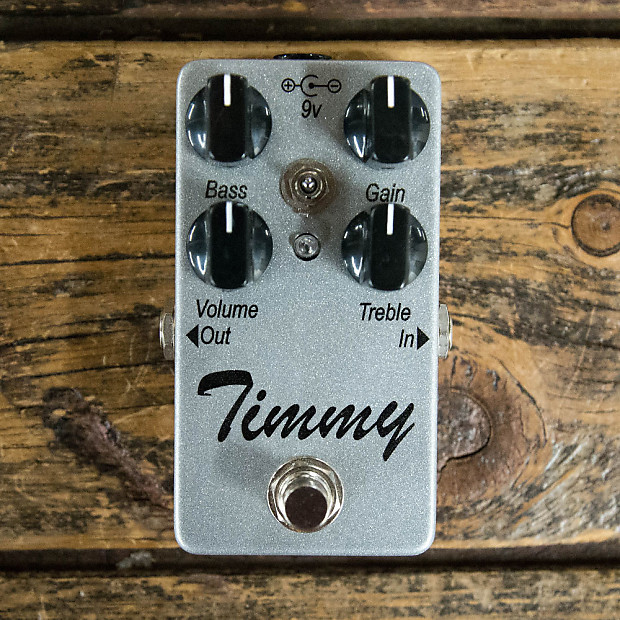

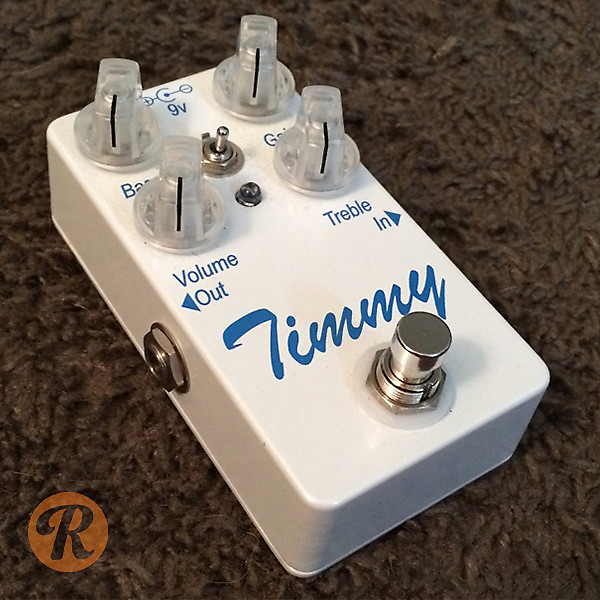
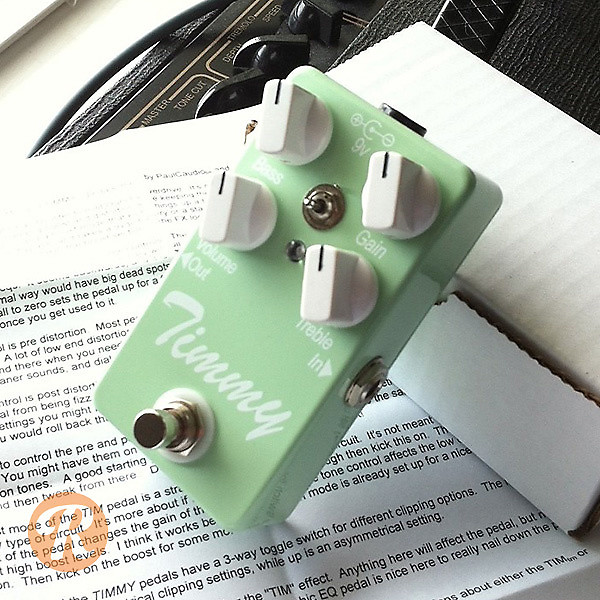
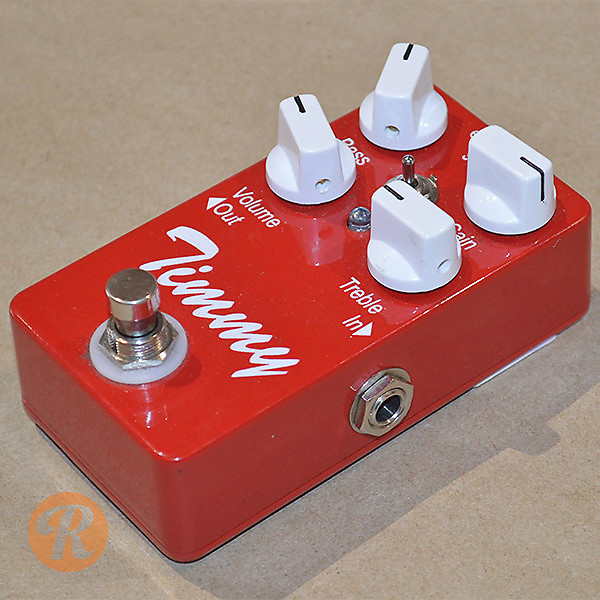
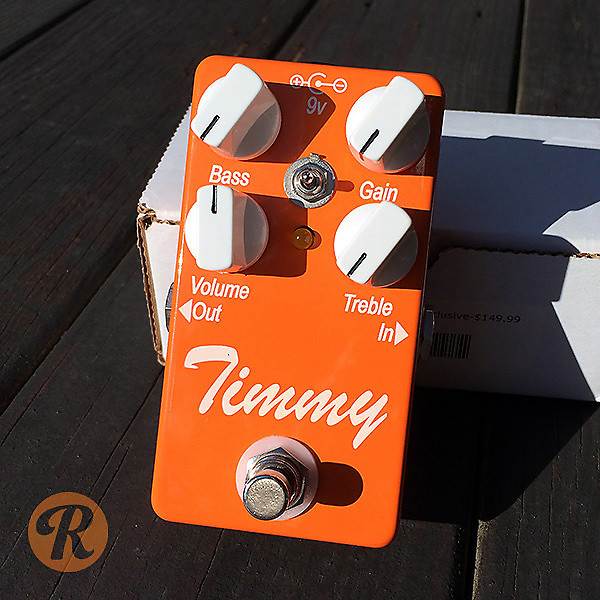
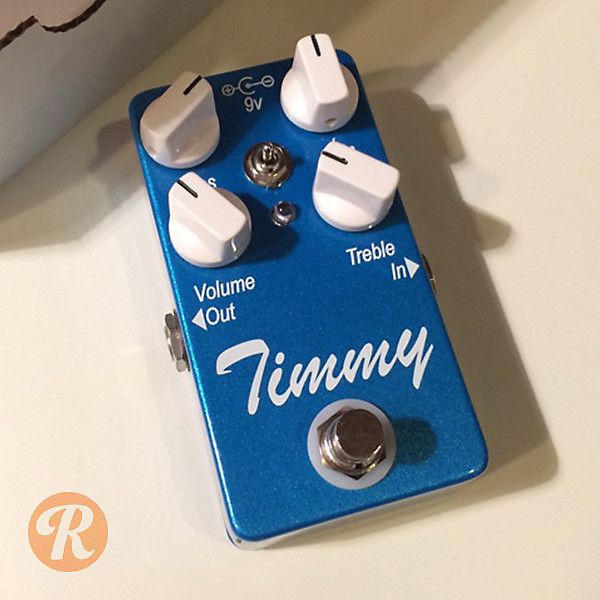
Caratteristiche del prodotto
| Marchio | |||||
| Modello |
| ||||
| Finish |
| ||||
| Anno |
| ||||
| Prodotto in |
| ||||
| Categorie | |||||
| Formato pedale |
| ||||
Panoramica
Video
Guida ai prezzi
*Sono esclusi gli articoli delle categorie Nuovo, B-Stock, Discreto, Cattive condizioni e Non funzionante. I prezzi non includono spese di spedizione né tasse/IVA/GST.
Recensioni del prodotto
Ulteriori informazioni
In what seems like an ocean of barely distinguishable low and mid-gain overdrives, the Paul Cochrane Timmy pedal has emerged as a life raft of no-nonsense transparency and clarity, with just enough tone shaping EQ to suit a wide variety of preferences. It does the one thing you want to mid-gain overdrive to do - act as a clean boost when needed and a creamy front-end builder when wanted - and nothing else. No additional color. No mid-boost or cut. No compression.
When we talk about the delicious tone treatment of the Timmy, we’re really talking about its tone circuit, which comes from the Tim overdrive pedal. The Timmy gets rid of the send/return jacks and the additional boost channel of its big brother and embraces a stripped down, single circuit overdrive design. Where most basic overdrive pedals contain a single blended tone knob, the Timmy offers separate treble and bass controls for precise signal tailoring.
Aside from achieving darn near complete transparency, it is also a pedal that integrates into your signal chain extremely well. By using it as a part of gain-staging setup with several overdrives in a chain, it can add a noticeable fullness while acting as additional EQ at the front or the end. It also has an internal dip switch to add more gain or asymmetrical clipping.
Given that so many players today buy multiple affordable overdrives and quickly sell the ones that don’t jive, it’s a testament to the Timmy’s quality and performance that it sticks around on most pedalboards while creating demand for many more to be made. It hits the sweet spot of gossip-worthy tone and affordability so well that, at times, there’s been a year-long waiting list to get one from builder Paul Cochrane. This most transparent of transparent overdrives has become a must for players who love the way their guitar and amp play with each other.
How does the Timmy compare to other notable overdrives, like a Tube Screamer or a Klon?
The Timmy differs from an Ibanez Tube Screamer in that it doesn’t compress the signal as much or lose low-end definition as the gain increases. Some people appreciate the subtle color and additional bite that a Tube Screamer might give, but if you invested $1000 or more into a boutique amp and want to hear its natural character when you play, then the ultra-transparent Timmy is a better bet. In this way, the Timmy is really a product of the boutique amp explosion, filling in the demand for transparent gain and immediate response that won’t compromise the hand-wired, (supposedly) sophisticated tone you paid for.
The Klon Centaur is also somewhat transparent, but aside from costing $1900 more than the Timmy, it adds a bit more harmonic content and boosts the mids in a way the Timmy does not. The idea of the Klon is to have a boost/overdrive that adds a special quality to your tone to cut through the mix. The idea of the Timmy is to behave exactly like your amp, with the same response and feel.
Does Paul Cochrane really build all of these by hand?
Yes. This is the reason for the notorious long wait times for new ones. Thankfully, the used market still has a decent pool of affordable specimens out there.
I noticed not all Timmy units look the same. What’s with the different colors?
These usually relate to special batches made for various dealers. Most of the time this does not indicate any additional features or different guts.
Why would I get a Timmy if the Tim features the same circuit and can do more?
Both are great pedals, but the Timmy wins in terms of simplicity and value. The Timmy does what made the Tim so popular at half the cost without the extra send/unit loop and boost channel, features that weren’t defining parts of the pedal anyway. It succeeds by distilling a great thing down to its essence and making it as accessible as possible to the masses.

